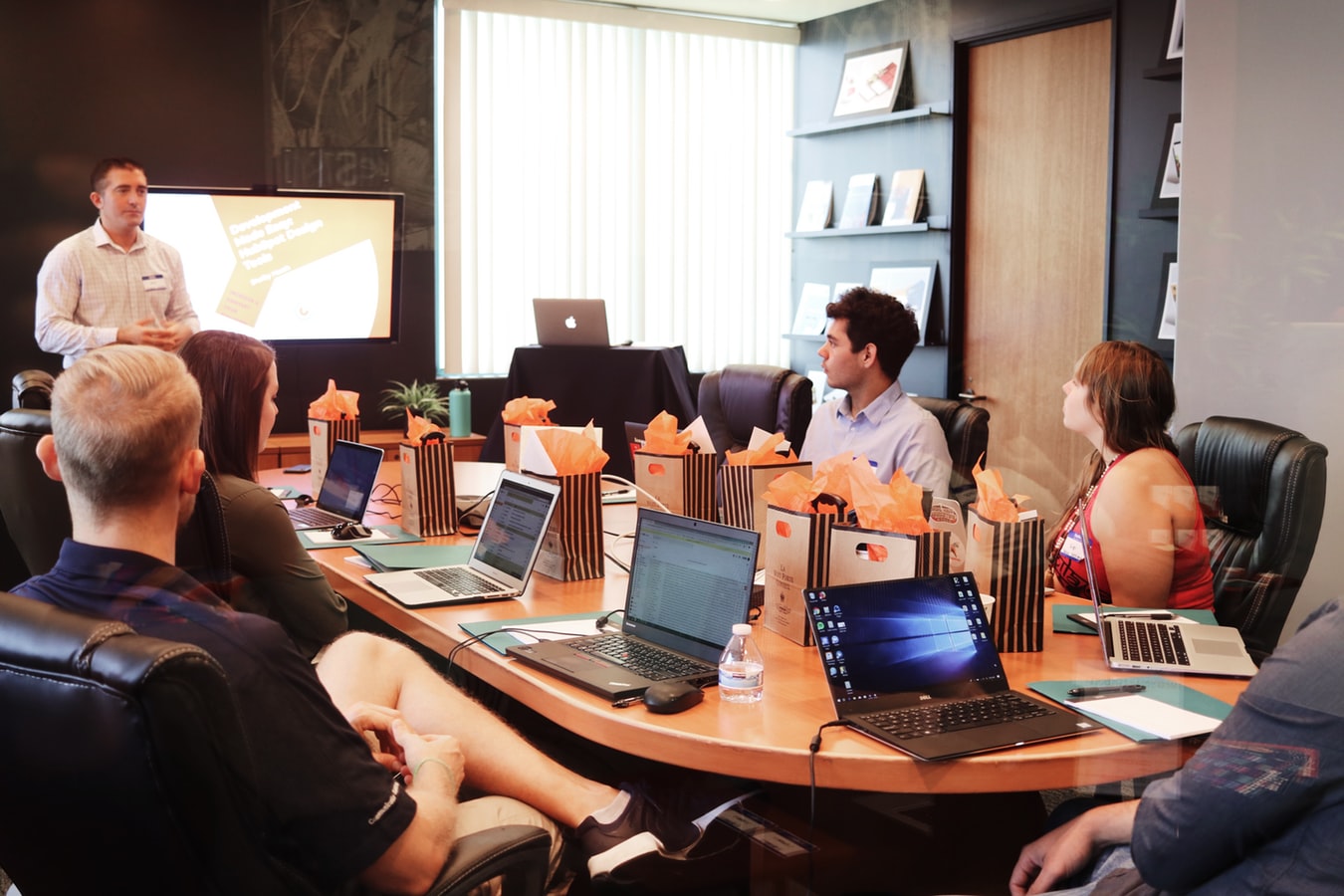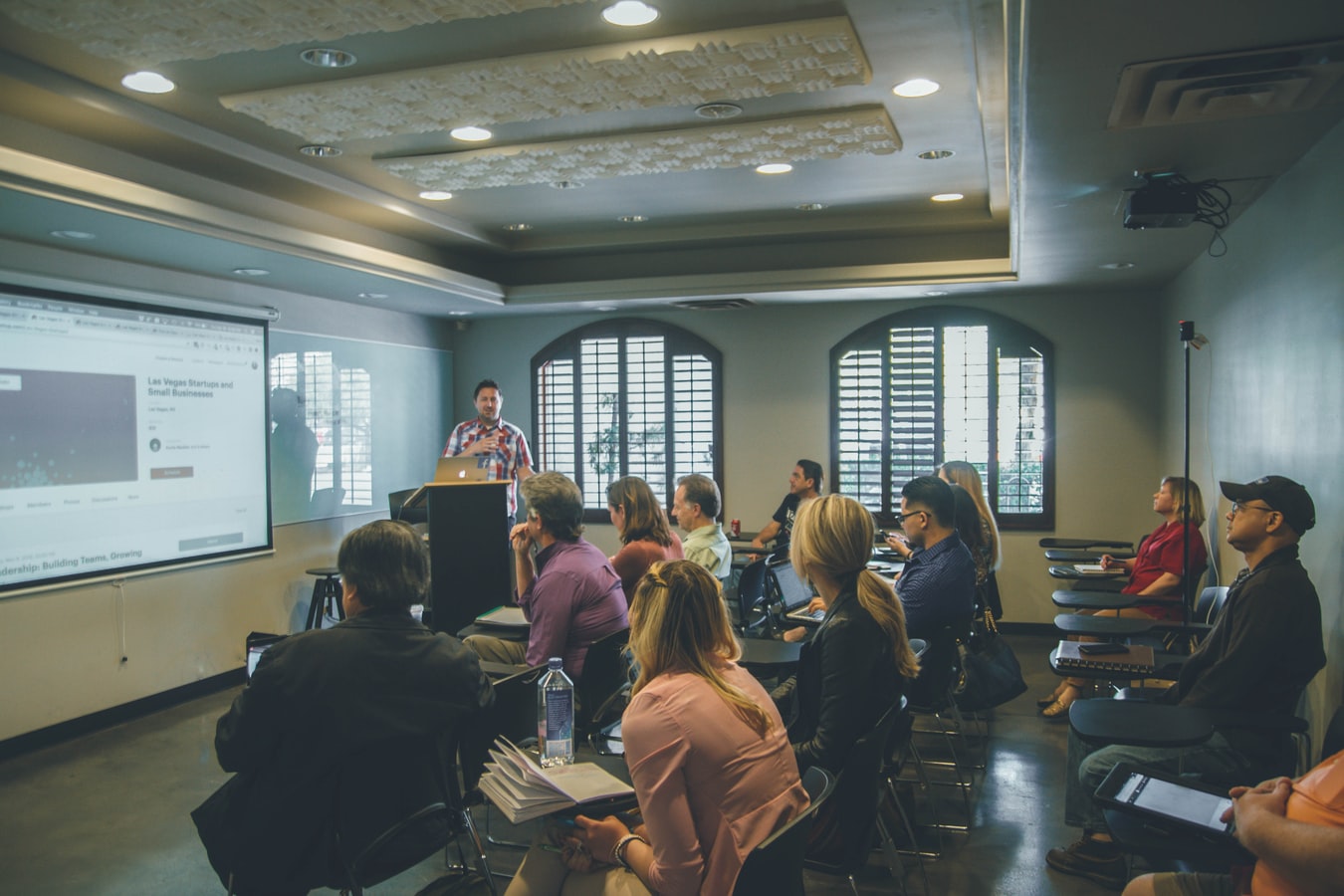Conference rooms are an essential part of many offices, hotels, and service areas. Today’s technology offers dozens of layout and setup options, with setups geared towards anything from sales to regular video calls. While many organizations benefit from versatile conference rooms that can be moved and changed around to meet changing needs, you will have to choose base options, install technology to meet those needs, and make those selections based on your organization and its needs.
Conference room setup will affect how individuals collaborate, communicate, and are facilitated in their purpose. A good conference room will support individuals, optimize learning and collaboration, and facilitate the primary purpose of the room while enabling comfort.
The following conference room setup options should help you get started with rooms in your organization.
Facilitating Objectives
It’s crucial to understand the objectives of meetings taking place before choosing a layout. In most cases, organizations work with a few base-types of meetings:
- Information – Information-driven meetings focus on sharing facts, knowledge, and progress. Conference rooms should focus on enabling presentations, lectures, keynotes, and panels.
- Ideas – Meetings focus on having everyone contribute, share ideas, and come to a decision. Meeting rooms should focus on facilitating conversations, keeping an agenda, and having a central point of information.
- Sales – These conferences are about creating relationships, sharing opportunities and possibilities, and driving trust. They should offer comfort, easy communication, and presentations.
Once you know which of these your conference room is likely to host most-often, you know where and how to focus your room setup.
Room Layout
The room layout affects how people are physically seated in the room. It should depend on room purpose, the shape of the room, and the relationship of the audience. Some meeting rooms will have a standard layout. Others benefit from integrating furniture that can be easily moved to facilitate different layouts with moveable screens or projectors to enable a more versatile conference room.
Banquet
Banquet-style conference rooms feature a row of tables (or several rows) running parallel to the front of the room. This allows attendees to focus on each other, while easily seeing presentations, lectures, or media. This layout is ideal for enabling smaller team interaction and inside larger groups, for one-on-one interaction with clients in a larger conference, and some other types of presentations. It is the least valuable for every-day conferences.
Boardroom
The “Classic” conference room features a table in the middle of the room with chairs on all sides. This enables interaction, forces a central point, and allows every member of the table to easily see the other. Boardroom layouts are ideal for Ideas and Sales and sometimes used for video conferencing.
Classroom
Classroom conference rooms utilize rows of tables and chairs lined up facing the front of the room. Any displays or projectors are in the front of the room. This facilitates learning and presentations, making it ideal for workshops and training, information-based meetings, and for some types of video conferences. Classroom layouts typically also have laptops, tablets, or other devices with which to interact and engage, which may include engaging with a larger whiteboard or digital display.
Theater
Theater displays function similarly to classroom displays but remove the tables. These are ideal for forcing an audience to engage with a presenter without really adding any information on their own or engagement. Theaters are ideal for press events, workshops, training, and lectures.
U-Shape
U-shape conference rooms place chairs in a U-shape around a table(s). This setup is only suited for smaller audiences (typically 25 or less) but is ideal for facilitating discussions with groups or with video conferences.
Hardware Setup
Every conference room needs a hardware setup that meets its needs and primary room layout. This is important, because installing speakers and microphones in areas not suitable for a room layout will dramatically decrease the quality of a conference.
Displays
Most conference rooms use indoor LED displays, projectors, or a combination of the two. OLED displays are very high quality and versatile, but expensive. LCD panels are inexpensive and offer a great deal in terms of quality and versatility. You also have to consider display size based on layout, audience distance from displays, and the size of the room.
- Touch models offer audience interaction, which is ideal for information meetings
- Large displays and video walls add impact for customers
- Digital signage software can offer digital whiteboarding or app interaction
- Displays should be compatible with existing organizational technology such as laptops or phone operating systems.
Audio
Audio hardware crucially affects conference quality, especially in the case of video conferencing and guest call-ins. The larger your room, the more important audio becomes. Consider integrating headsets for video conferences, microphone and speaker systems for lectures, and personal microphone options for larger conferences where guests are expected to engage.
Cameras
Cameras should be chosen based on the size, scope, and complexity of video conferences. You may also want to record lectures and training, which means it may be important to have the whole room in scope.
Controls
Modern conference control panels are often small digital screens, typically tablets, that enable changes to audio, visuals, and the digital screen. It’s important that this solution be as seamless and high quality as possible.
Power
It’s important to ensure your room has enough power to meet needs for peak usage. This means equipping a power supply capable of supporting peak digital display and camera usage, audio needs, and any additional pulls such as charging laptops and devices, fans, and lights. You also want to ensure your room is equipped with appropriate electrical outlets to meet the needs of guests and staff. This means supplying desks and tables with power outlets per guest, with cables safely tucked away.
Conference rooms are crucial to many types of organizations. Choosing a layout that meets needs, offers a quality experience, and facilitates the purpose of the meeting will add value and will help employees and guests to be more productive and communicative.





